Freshwater Loaches: Care, Breeding, and Fun Facts
Learn all about freshwater loaches—care tips, diet, breeding habits, and how to create the perfect aquarium environment for these hardy, playful fish.
Table of Contents
- Native Habitat of Freshwater Loaches
- The Number of Species Available
- How They Live Longer
- How Freshwater Loaches Breed
- How They Live and Survive in Congregation
- Distribution and Maximum Size
- How to Care for Them in a Tank
- Diet Plan for Freshwater Loaches
- Differences Between Males and Females
- What to Do and What Not to Do with Freshwater Loaches
- Fun Facts on Freshwater Loaches
- Faq
- Conclusion
Freshwater loaches are unique and captivating fish that have gained popularity among aquarium enthusiasts due to their intriguing behaviors, vibrant appearances, and hardy nature. Known for their playful personalities and bottom-dwelling habits, these fascinating fish make an excellent addition to a well-maintained freshwater tank. Whether you are an experienced aquarium enthusiast or just starting out, it is important to know the native habitat, dietary requirements, and general care of freshwater loaches in order to keep them healthy and happy.

Native Habitat of Freshwater Loaches
Freshwater loaches naturally inhabit a broad variety of water bodies such as rivers, streams, ponds, and lakes. Their natural environments are usually located in regions of Asia, Southeast Asia, and regions of India. Loaches love waters that are slow-moving and full of hiding places where they can burrow, look for food, and relax. Such environments make loaches feel safe and provide the perfect conditions for them to live comfortably.

The Number of Species Available
There are more than 100 species of freshwater loaches, with every species having its own unique characteristics and behaviors. Some of the most common loach species found in aquariums are the Clown Loach, Yoyo Loach, Kuhli Loach, and the Hillstream Loach. Even though they have a vast number of species, loaches have certain common characteristics, including their long bodies, whisker-like barbels, and bottom-dwelling habits.
How They Live Longer
Loaches have a long lifespan if properly cared for. The majority of freshwater loach species live from 8 to 20 years, depending on the species and living conditions. To live long, loaches need stable water conditions, correct tank mates, and a healthy diet. Also, frequent changes of water and keeping the best tank setup are crucial for enhancing their longevity.
How Freshwater Loaches Breed
Loaches are recognized for their distinctive breeding habits. While there are some egg-laying species, others, such as the Clown Loach, may be slightly more difficult to breed in captivity. Loaches naturally breed during the rainy season, when the water level increases and the conditions are better. They usually deposit their eggs in hiding places such as caves or heavy plant cover, in which the eggs are kept safe from predators. Breeding in the aquarium environment can be difficult, but with proper setup and water conditions, breeding can be achieved.
How They Live and Survive in Congregation
Loaches are social and usually live in congregation. They are also friendly fish that prefer the company of others of their own species. It is advisable to keep them in a minimum of three so that they have sufficient security and demonstrate natural behavior. Being social in nature, they are good community fish when kept in an aquarium with calm tank companions. In the wild, loaches tend to be found in schools, searching for food together, and that is why they thrive in similar conditions in captivity.

Distribution and Maximum Size
Freshwater loaches are widely distributed, with various species occurring in many regions of Asia, ranging from India to China, Southeast Asia to the Middle East. They naturally occur in a wide variety of freshwater systems from rivers to marshes. The size of freshwater loaches, when at their largest, differs from one species to another. Some freshwater loaches, such as the Clown Loach, may reach a length of 12 inches, whereas others, such as the Kuhli Loach, stay much shorter at around 4 inches.
How to Care for Them in a Tank
To keep freshwater loaches healthy in a tank, it's essential to provide a well-maintained environment that mimics their natural habitat. Here are some key points to consider:
Water Temperature: Loaches thrive in temperatures between 72°F and 82°F (22°C - 28°C). This range supports their natural metabolism and encourages optimal health.
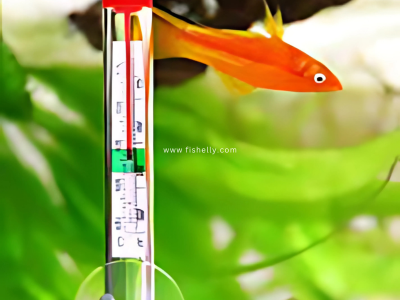
Tank Setup: A well-ornamented tank with lots of places to hide, like rocks, caves, and plants, is best. Loaches like soft, slightly acidic to neutral water.
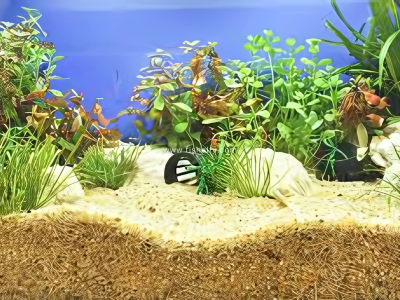
Water Parameters: Freshwater loaches require stable water parameters ranging from 6.0 to 7.5 pH. Water changes and constant monitoring are needed to keep their environment clean.
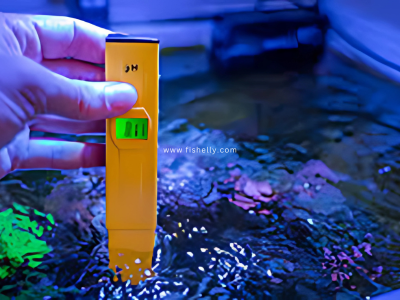
Diet Plan for Freshwater Loaches
• Omnivorous Diet: Loaches are omnivores, meaning they consume both plant-based and protein-rich foods.
• High-Quality Flake Foods: Provide them with high-quality flake foods designed for bottom-dwelling fish.

• Pellets: Offer sinking pellets to cater to their bottom-dwelling feeding habits.

• Frozen or Live Foods: Feed them live or frozen foods like bloodworms, brine shrimp, and daphnia.

• Vegetables: Include greens like zucchini, spinach, or peas as part of their diet for variety.
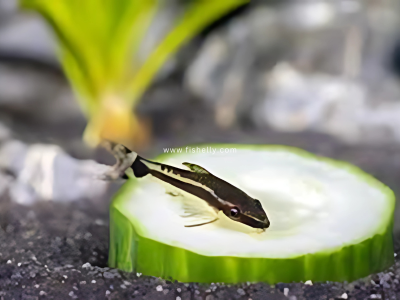
• Variety in Diet: Ensure a balanced diet by offering a mix of protein, fiber, and plant matter regularly.
Differences Between Males and Females
Males:
• Males are typically slightly smaller in size compared to females in some species.
• During the breeding season, males may become more colorful with brighter markings to attract females.
• Males of some species may display vibrant patterns or colors, especially in species like the Clown Loach.

Females:
• Females tend to be larger than males in many species of freshwater loaches.
• In some species, females may have duller colors compared to the males, especially outside of breeding conditions.
• Female loaches often have rounder bodies, especially when carrying eggs during the breeding period.

What to Do and What Not to Do with Freshwater Loaches
What to Do:
• Keep stable water conditions.
• Give them a variety of food, both plant and protein-based.
• Make sure they have lots of places where they can hide in the tank.
• Keep them in lots to make them feel safe.
What Not to Do:
• Don't keep them in very aggressive or territorial tank arrangements.
• Don't keep them in tanks with water that's very hard or contains strong chemicals.
• Don't feed them just one food as variety is needed for their well-being.
Fun Facts on Freshwater Loaches
• There are some loaches, such as the Hillstream Loach, that have adapted to develop flat bodies that help them cling onto rocks within turbulent streams.
• Loaches will even "play" in an aquarium, often playing a chase-the-other-animal game around it or poking into their surroundings.
• Some types of loaches, such as the Clown Loach, bear different markings and colors that differ according to the setting.
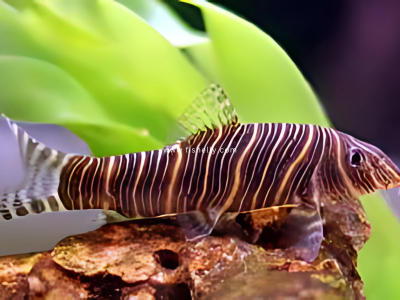
Faq
1. What are freshwater loaches?
Playful, hardy bottom-dwelling fish with vibrant colors, popular in freshwater tanks.
2. Where do they live in the wild?
Found in slow-moving waters in Asia, Southeast Asia, and India.
3. How many types are there?
Over 100 species, including Clown Loach, Yoyo Loach, and Kuhli Loach.
4. How long do they live?
8 to 20 years, depending on care and species.
5. How do they breed?
Lay eggs in caves or plants; breeding is triggered by the rainy season.
6. Do they need other loaches?
Yes, they are social and should be kept in groups of at least three.
7. What is the ideal tank setup?
Plenty of hiding spots, soft, slightly acidic water, and temperatures between 72°F and 82°F.
8. What do they eat?
Omnivores—flake foods, sinking pellets, live foods, and vegetables.
9. How to tell males from females?
Males are smaller and more colorful; females are larger and rounder.
10. What should I avoid?
Avoid aggressive tank mates, feeding only one type of food, and using hard water.
11. Do they play in aquariums?
Yes, they engage in playful behaviors like chasing and exploring.
12. How big do they grow?
Size varies—Clown Loach can grow up to 12 inches, Kuhli Loach stays around 4 inches.
13. Are they easy to care for?
Yes, with proper water conditions, diet, and hiding places.
Conclusion
Freshwater loaches are really amazing animals that provide beauty and spectacle in the aquarium. Due to their long lifespan, playful personalities, and bottom-dwelling habits, they are a pleasure to watch. By taking the right environment, water conditions, and care, you can enjoy these intriguing fishes for years to come. As an experienced aquarist or a novice, freshwater loaches are a satisfying species to keep and a great addition to any aquarium.
Got questions or tips? Drop them in the comments!






